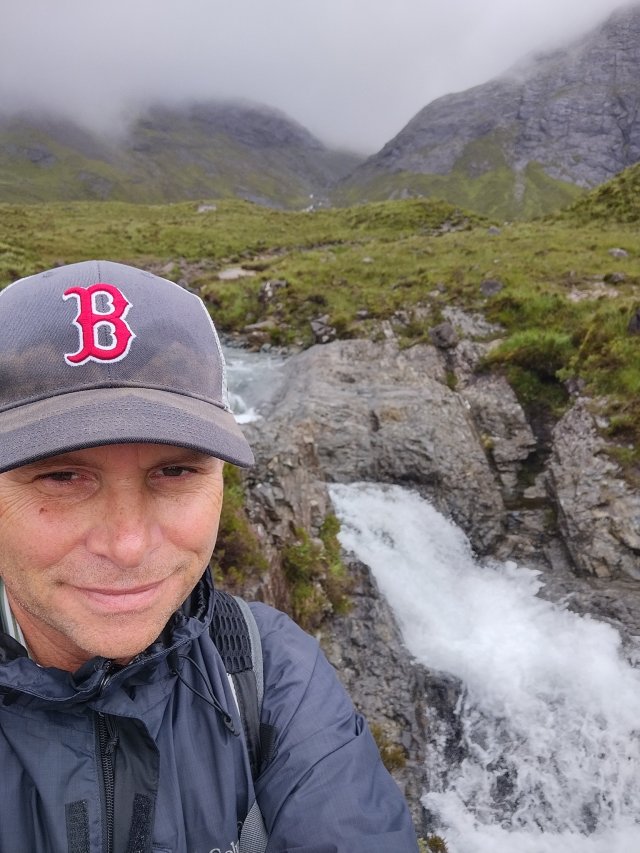Meet EPA Research Biologist John S. Iiames, Ph.D.

John S. Iiames is a research biologist with expertise in environmental remote sensing and geospatial science. He works on the investigation of environmental indicators linked to environmental conditions and human health. This research provides the environmental modeling community with inputs required to support integrated, multidisciplinary exposure science research.
John’s current projects include assessing variables that drive harmful algal bloom formation in freshwater systems and correlating these variables with algal bloom counts from satellite data. He is also an investigator examining links between wildfire severity and drinking water quality across the continental United States.
What research are you working on right now?
I am research lead on two projects investigating the (1) accuracy of satellite-derived wildfire hotspots for forested and grassland ecosystems and (2) vulnerability of drinking water quality to wildfire induced sedimentation and nutrification in the western and southeastern United States.
What is your education/ science background?
I hold a Bachelor of Science in forest resource management from Virginia Tech and a Master of Science and Ph.D in geospatial science in forestry and natural resources from NC State University and the University of New Hampshire.
When did you first know you wanted to be a scientist?
I have always been interested in the geospatial sciences, probably since my undergraduate career. Prior to graduate school, I worked as a land surveyor and as a forester, both careers relying on spatial data aspects.
What do you like most about your research?
I enjoy the contributions that our research teams can make in answering some very interesting questions. Also, my research involves field work in some very interesting ecosystems. I spent two weeks on the island of Puerto Rico collecting above ground carbon data for analysis of vegetation height acquired from the 2000 NASA Space Shuttle synthetic aperture radar project.
How does your science matter?
One example of science “mattering” involved our project investigating possible harmful algal bloom (HAB) drivers across lakes and reservoirs over one third of the United States. This work was not possible on this scale until NOAA, USGS, NASA, and EPA developed a HABs algorithm. Using satellite data over large areas, lakes and reservoirs could now be analyzed collectively looking for primary drivers of these organisms. Our paper was highlighted within that research community.
If you weren’t a scientist, what would you be doing?
I would own a pub/coffee shop in Ireland dedicated to hosting traditional music and meeting the needs of the community.
What advice would you give a student interested in a career in science?
Make sure to gain as much training offered in your setting to meet the requirements of effective research. In my field I would concentrate on course work in programming, statistics. Also, in searching for a particular school, I would align myself with groups and professors that are proficient in publishing. There are some scientists that enjoy the data but not the writing.
What’s your role in space research at EPA?
Since 2012 I have served as EPA’s representative on the NASA Earth Science Division Senior Review National Interests Panel where current land, ocean, and air observing missions are evaluated for mission continuity. Also, my research involves data captured from space-based platforms, both geosynchronous and polar-orbiting satellites.
What do you think the coolest scientific discovery was and why?
I think ecologist Suzanne Simard’s discovery that trees communicate their needs and “send each other nutrients via a network of latticed fungi buried in the soil” is the most fascinating finding over the last 30 years.
Editor's Note: The opinions expressed herein are those of the researcher alone. EPA does not endorse the opinions or positions expressed.
